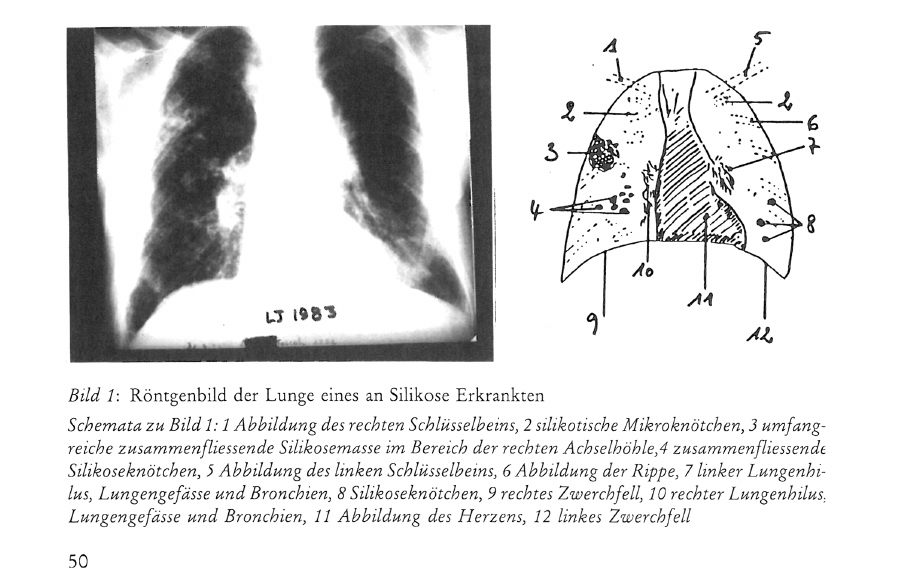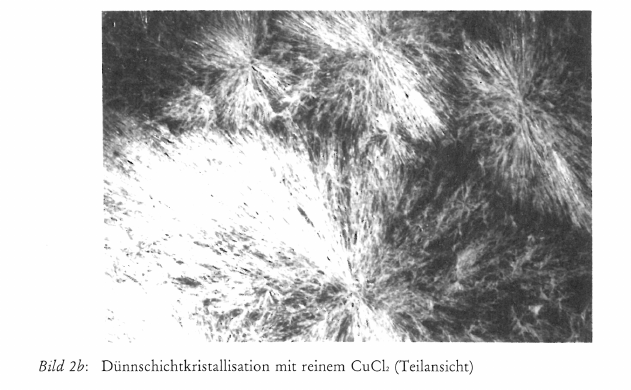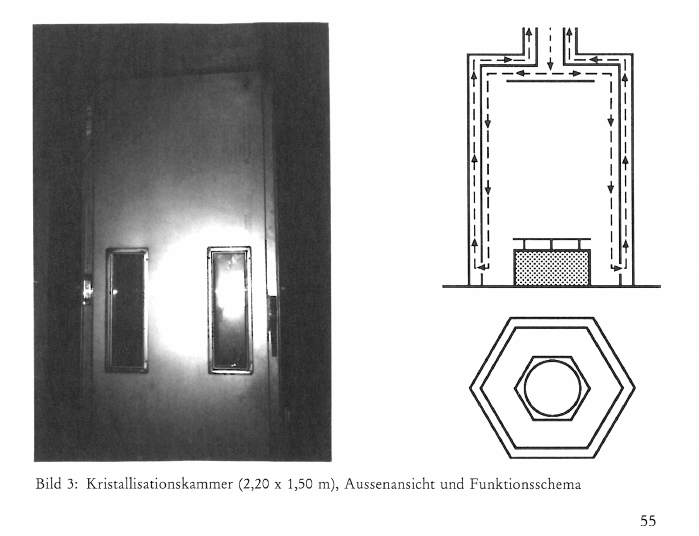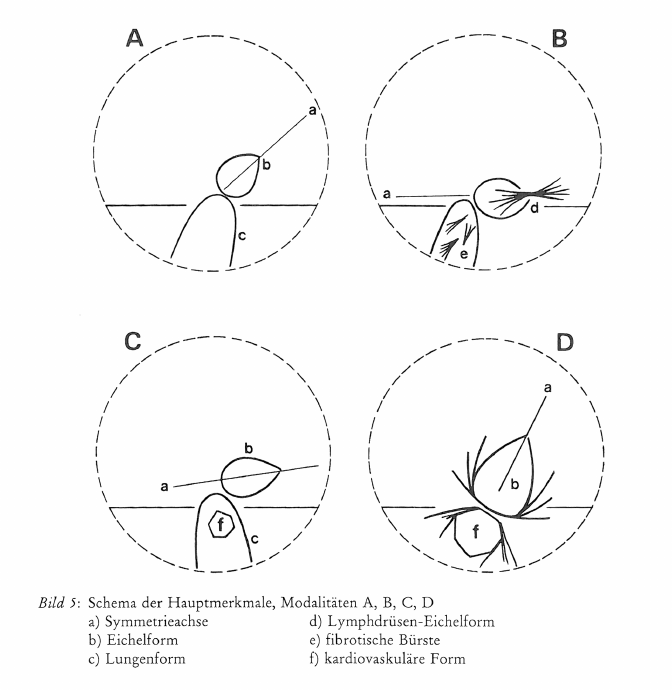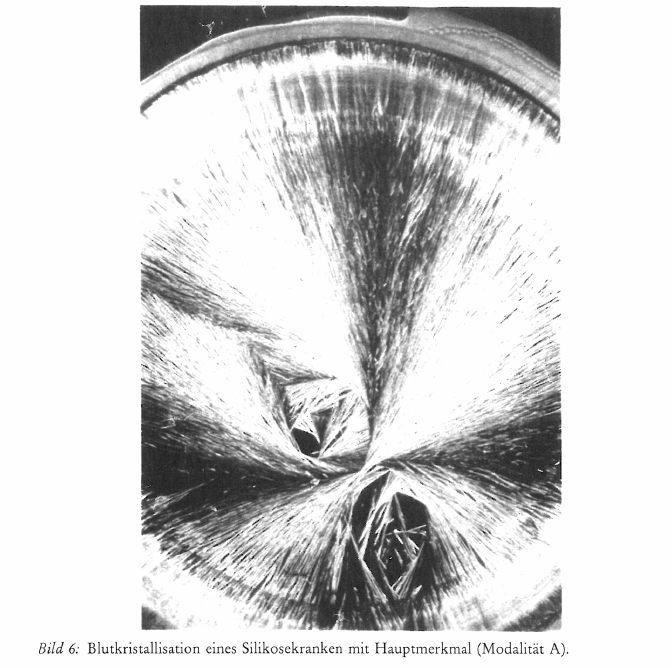Silikose - Die Staublunge der Bergleute und ihre medizinische Langzeitbetreuung
Die Methode der Empfindlichen Kristallisation auf dem Prüfstand1
Export Article Citation as
- Plain text
- BibTeX
- RIS format
- Download price : € 6.00
Abstract:
The work carried out over the last few years has significantly advanced the scientific application of this method. It is possible to think that it may provide a major contribution to the prevention and monitoring of professional pneumoconiosis. However, there is still room for methodological improvements. This remains necessary in the procedure, the analysis of the images and the statistical use of the crystallographic configurations obtained. The results obtained indicate that there is a certain relationship between the condition of the subject and the crystallization. However, the method alone can not be used as a diagnosis. On the other hand, there are grounds for the hypothesis that it may be used to assess risk situations: aggravation of established pneumoconiosis or the specific sensitivity of exposed subjects. Nevertheless the validation of the predictive power of the method requires observations over longer periods of time during which clinical, X-ray as well as crystallographic monitoring is required. It is necessary to hear in mind that the crystallographic criteria demonstrated here applied to a population of workers subject to a very specific professional environment, that of the Nord-Pas-de-Calais coal-mines. They have their own life-style and live in a region with specific climatic conditions. It is not possible to purely and simply extrapolate these criteria. In fact, full justification of the method requires further scientific understanding of the basic mechanisms involved in the shape generation and in the kinetics of this generation. What is the composition of the crystals? Is there a regular statistical distribution of the components in the additive or the products resulting from its interaction with the solution? Even though proteins seem to play a major role, the mechanism itself still has to be discovered. The deep understanding of these mechanisms involves basic research. However, it is not a necessary prerequisite for the epidemiological validation of the method as a monitoring method.
